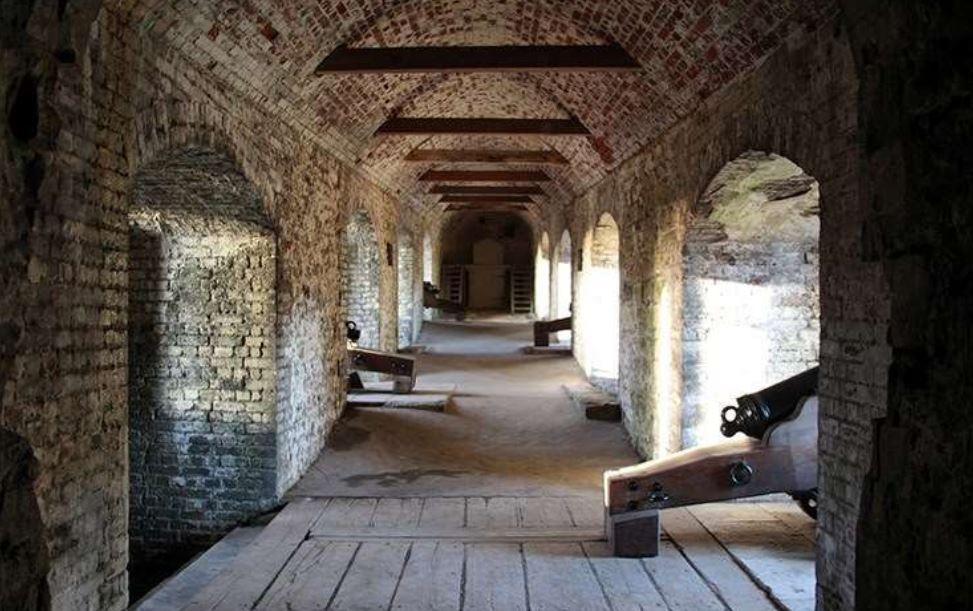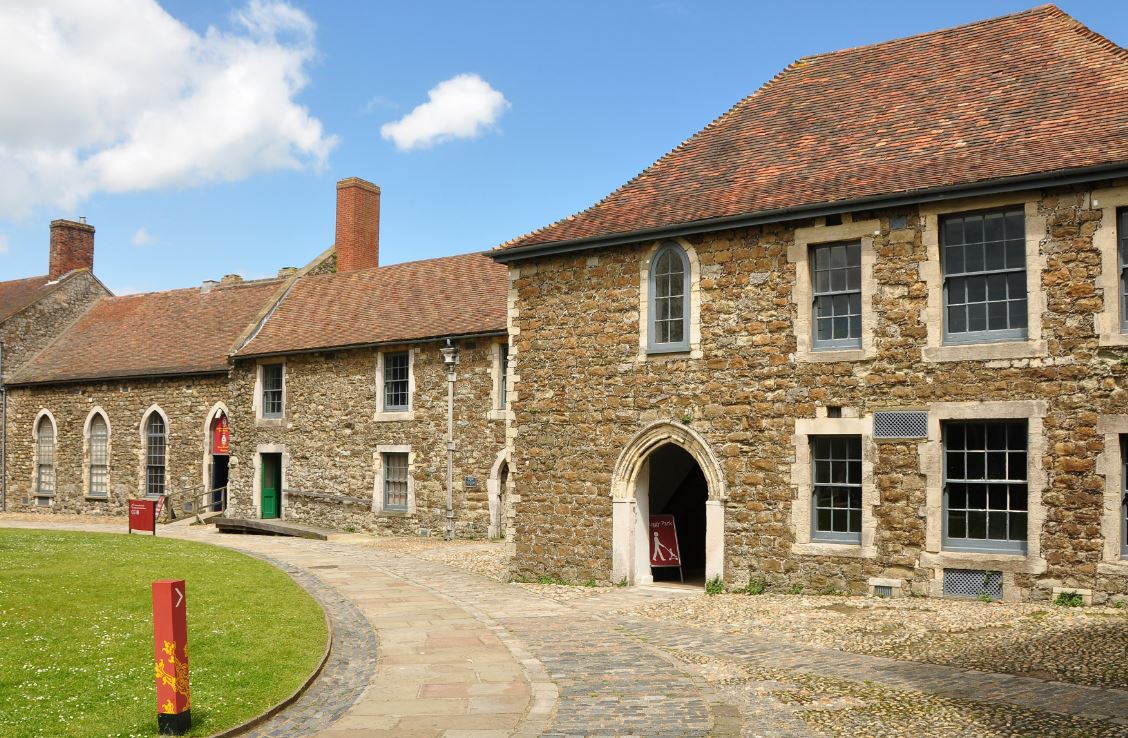Address
Dover Castle,
Castle Hill Road,
Dover CT16 1HU, England
Support
Phone: 0370 333 1181
Phone: 0370 333 1182 (English Heritage membership)
Email: customers@english-heritage.org.uk
______
About Dover Castle
England, the land of spectacular medieval historic structures, is home to Dover Castle, the largest castle in the County of Kent. It is arguably the only castle to have fortified its defense, using concentric walled structures, to prevent invasion and outside attacks. The site is significant, overlooking the canals of Dover, and has been in use as a fort from the Iron Age, and as a lighthouse by the Romans in the first century, and has an Anglo-Saxon church at the premises of the castle, built in 1000 CE.

Originally built by the Norman King, William the Conqueror in 1066 CE, the castle’s initial purpose was to prevent invasion, and hence the castle construction was rapid in progress, built using stone, wood, and earthworks. A fortified wall built around the tower, strengthened the defense of the structure, and later additions included an inner courtyard, with an impressive keep and a fortified curtain wall, built during the reign of King Henry II in 1170 CE.
The present structure is a 12th century re-building, and the original wood and earthwork stands replaced by massive towers. The highlight of the castle is the keep, enclosed by 2 concentric towered walls, bordered by a ward wall, and a barbican, which is the outer wall, punched with windows for archers, protecting the palace gate. The design of the barbican wall, served multiple functions, namely to protect the palace gates, to make scaling difficult for enemies, and to hurl stones from the top of the barbican wall.
The impressive keep is the heart of the castle, and is a structure built of Ashlar stone, erected over a plinth foundation of rubble stones, and measures 83 feet in height, and 97 feet in width on every side. Built over a span of 9 years, the keep is the largest of such a structure, built in England. On the inside of the keep, the King’s chamber, audience hall, chapel, inner courtyard, and the King’s entrance gate, from the royal chambers stands securely fortified by the concentric defense walls.

As much as the defense structures remained fortified, the towering castle walls unexpectedly breached, by a siege led by Prince Louis of France in 1216 CE. The Castle defense warriors ultimately outnumbered the siege, and the outer wall re-built and fortified to prevent another invasive attack by the enemies.
Dover Castle is a 20-minute walk from Dover Priory, the nearest metro station, and has free parking of car, on-site. Bus rides are frequent to the Castle, and is a 2-minute walk from the Priory Street.
The Dover Castle is open all round the year, and remains closed on December 24-26, and on January 1. Additionally, the castle closes on Tuesday and Wednesday, from Nov-Feb, during late winter. The Castle is open from 10:00am and closes around 4:00 pm during winters, and around 6:00pm during summers. The entrance tickets cost £23.00 for an adult, and £13.80 for children aged between 5-17.
Become a member of English Heritage to get unlimited access to over 400 historic places, including Dover Castle an entire year. Members also get access to exclusive offers, members’ magazine, and free parking. You can choose a monthly, annual or lifetime membership and pay for same using Visa or MasterCard on the website. For more information or queries on tickets, timing, events, parking, shopping, or others, reach the Dover Castle support.
